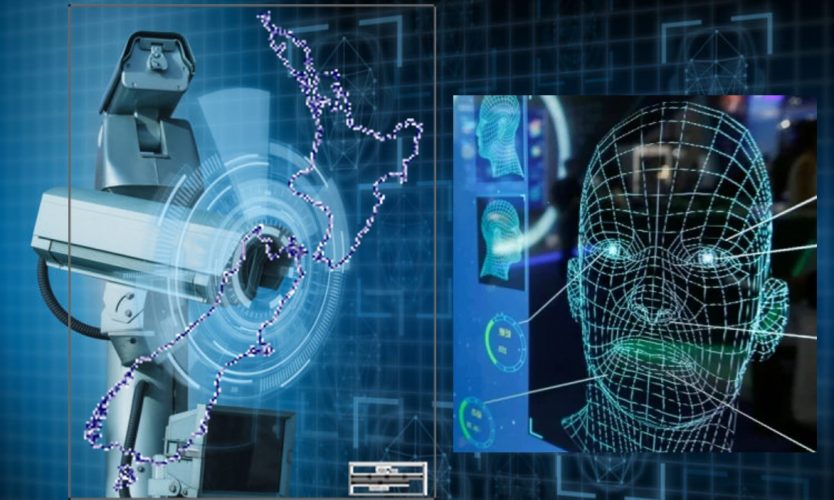
The New Zealand police have been setting up a NZ$9 million facial detection software that would identify people using a live feed from CCTV. Run by a non-police contractor, the system will collect over 15,000 images a year. Some of the information is held in an Official Information Act (OIA) response.
Inquiries show that the Internal Affairs Department has also been setting up a $20m passport processing system. Both the department and the police are using some of the world’s most powerful facial recognition software developed by a Japanese company with NZ$44 billion in revenue a year.
Reports show that, since 2014, the police have spent over NZ$9 million on an AIBS- Automated Biometric Information System. Earlier in the year, police trialled facial recognition tech without clearance. The police conducted a trial of controversial facial recognition software without consulting their own superiors or the Privacy Commissioner.
The Privacy Commissioner has stated that “any organisation or business using facial recognition technology needs to undertake a high level of scrutiny over how accurate it is and how thoroughly it has been tested for use in New Zealand.”
However, initially, the focus will be to use the system to match static images from the polices’ database such as passport pictures and driver license photos. Any change to the use of the system, by NeoFace would require direct approval of the police. Originally, the request for the use of driver license photos was denied.
The tender also said the system must be able to “import CCTV feed” to identify people. The system will have to import the live CCTB feed to identify people as it is not designed to live-stream CCTV footage continuously. The new police system will be able to handle up to 70 people online at any given moment.
Police have promised the Privacy Commissioner better engagement with him and the public over facial recognition technology. Furthermore, the system will be upgraded receiving 50,000 images a year including images of fingerprints, scars, and tattoos. As per the Privacy Commissioner’s guidelines, the police must be direct and transparent when collecting biometrics; “You shouldn’t collect a biometric from somebody without them knowing.”
“With more and more aspects of our lives taking place online it’s critical the New Zealand government takes a lead to ensure New Zealanders have control of how and who uses their identity information,” said New Zealand government Digital Services Minister.
Regarding the CCTV networks, the police have had main access since 2013 through some of their districts. Auckland has brought forward more than 3000 Auckland Transport cameras and have expressed interest in implementing the facial recognition software in them. “There is no biometric or facial recognition on any AT cameras,” said the agency.
However, their new line-up of advanced AT cameras will be equipped with the technology. AT plans to add 500 of these cameras in the coming year to handle help manage traffic and safety at their facilities.
The subject of a recent research grant was increased police activity to privately operated CCTV networks, such as those belonging to business as a control measure. That grant went to Safer Cities, a consultancy that is advising Auckland Council on how to add and upgrade cameras at 11 public sites.
















